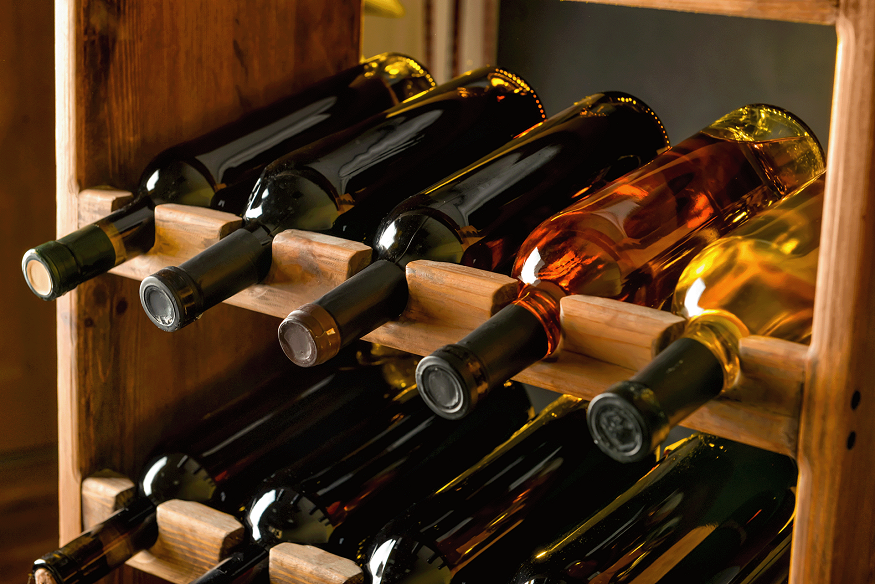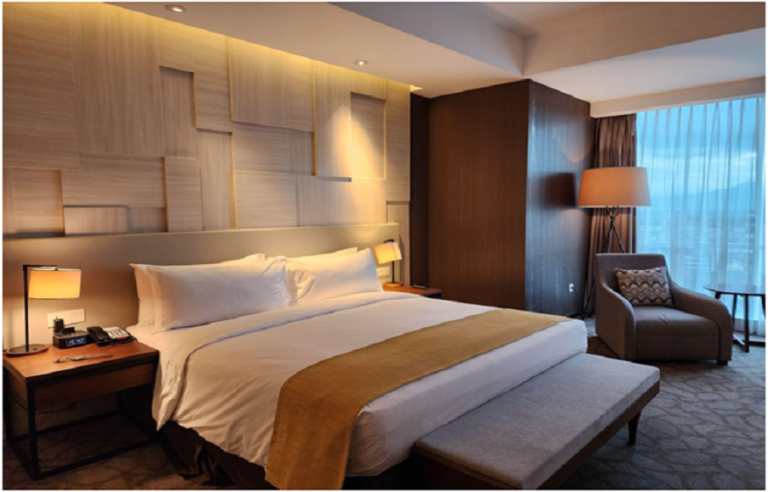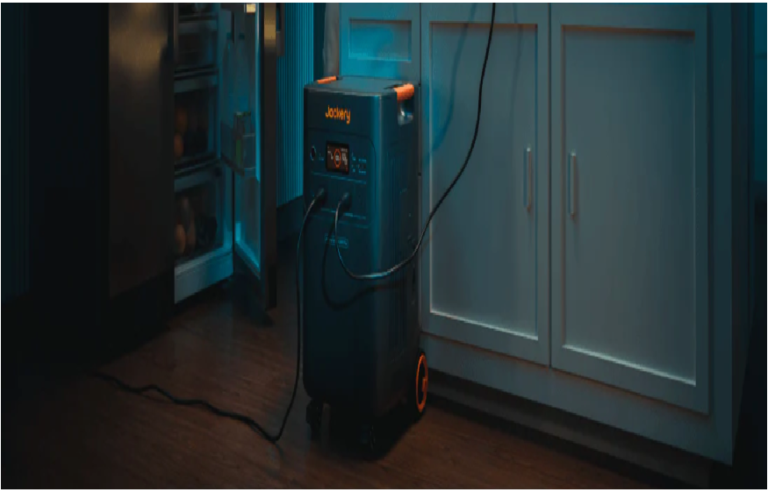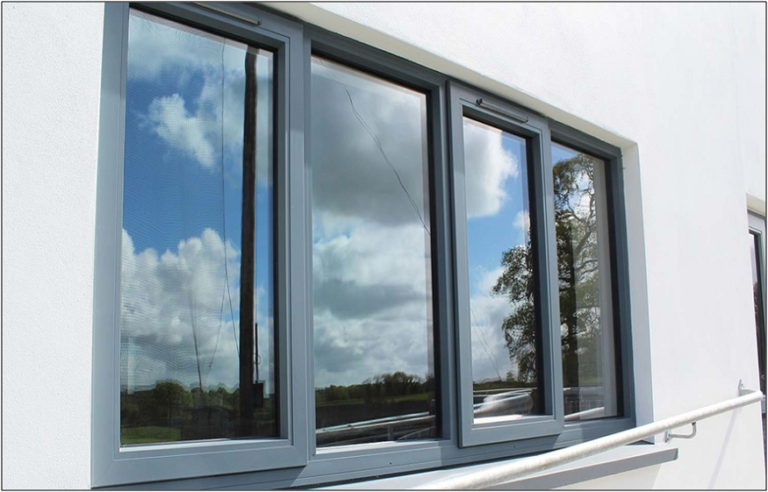
Proper wine storage maintains the integrity and quality of wine over time. Whether you’re a casual wine enthusiast or a serious collector, how you store your wine can significantly impact its taste, aroma, and overall enjoyment. Wine is a delicate beverage that can be easily affected by its environment, so creating the right conditions for storage is crucial. From temperature and humidity to light exposure and bottle positioning, every aspect plays a role in preserving wine at its best.
Temperature Control
Temperature fluctuations can wreak havoc on wine, causing it to age prematurely or develop off-flavors. Ideally, wine should be stored consistently between 45 to 65 degrees Fahrenheit (7 to 18 degrees Celsius). Fluctuations beyond this range can accelerate chemical reactions within the wine, leading to undesirable outcomes. High temperatures can speed up aging, resulting in cooked or oxidized flavors. In contrast, low temperatures cause the wine to freeze, potentially damaging the bottle and affecting its taste and aroma. Proper temperature control ensures the wine matures gracefully, allowing its flavors to develop harmoniously over time.
Proper Bottle Positioning
The position in which wine bottles are stored can significantly impact their aging process and overall quality. Traditionally, the best way to store wine is to place the bottles horizontally, with the liquid in contact with the cork. This position keeps the cork moist, preventing it from drying out and maintaining a tight seal to prevent oxidation. However, certain wines, such as those sealed with screw caps or synthetic corks, are best stored upright without adverse effects. Improper bottle positioning causes premature aging and compromises the wine’s flavor and aroma.
Humidity Regulation
Humidity levels make it hard for the corks to dry out and allow them to maintain their seal. The recommended humidity range for wine storage is between 50% and 80%. If the humidity is too low, corks can shrink, allowing air to seep into the bottle and spoil the wine. On the contrary, high humidity levels promote mold growth, taint the wine’s flavor, and compromise its quality. You can ensure that your wine ages gracefully and retains its integrity from the inside out with optimal humidity levels.
Protection from Light
Exposure to light, especially ultraviolet (UV) rays, can harm wine, causing it to undergo a “light strike.” UV rays break down compounds in the wine, resulting in unpleasant aromas and flavors reminiscent of wet cardboard or sulfur. You should store your wine in a dark environment with-protected bottles or racks. Additionally, fluorescent lighting should be avoided as it emits small amounts of UV radiation. By shielding your wine from light exposure, you can preserve its freshness and vibrancy, allowing its true character to shine.
Take Away
Proper wine storage is indispensable for preserving the quality and character of wine over time. By paying attention to critical factors such as temperature control, humidity regulation, protection from light, proper bottle positioning, and minimizing vibrations, wine enthusiasts can ensure that their collections age gracefully and reach their full potential. Whether you’re storing a few bottles for occasional enjoyment or building a cellar for long-term aging, creating the proper storage conditions is essential for maintaining the integrity and value of your wine investment.






